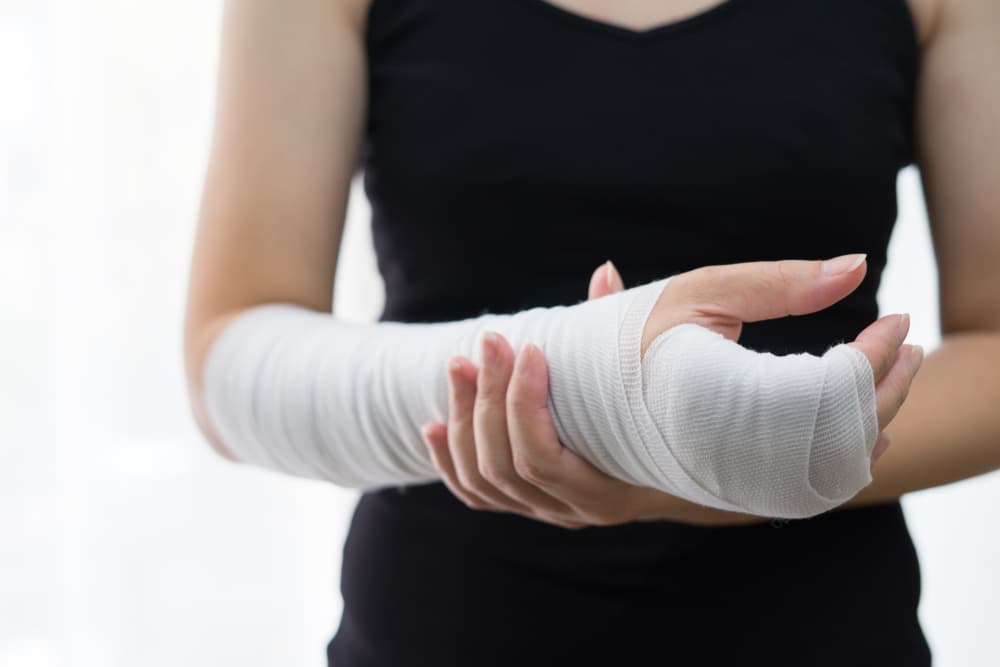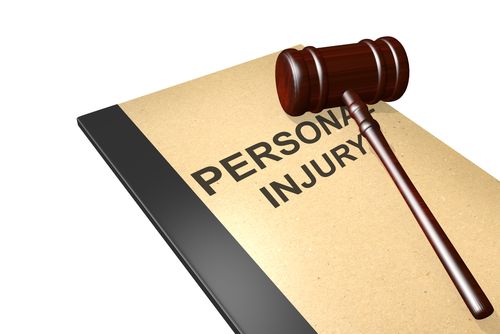When you get into your car, fastening your seatbelt may be second nature. But have you stopped to think about the role of your headrest? Often overlooked, a vehicle’s headrest isn’t just for comfort—it plays a critical role in protecting you from serious injuries during an accident. Headrests are integral to vehicle safety systems, designed to reduce/the risk of whiplash and support the head and neck during a crash.
Understanding how headrests prevent injury, their mechanics, and the importance of proper positioning can contribute to safer rides for you and your passengers. If you’ve been injured in a crash, consulting a knowledgeable car accident lawyer can also help you navigate your legal rights. This blog will explore these essential topics and provide actionable tips to maximize the protective power of your headrest.
For a free legal consultation, call 516-451-7900
The Mechanics of a Headrest
Headrests, or head restraints as they are technically called, are part of a car’s passive safety system. They’re designed to limit the backward motion of the head during a collision, particularly rear-end accidents. Without a properly adjusted headrest, the head might snap backward uncontrollably, leading to severe injuries like whiplash.
Here’s how it works:
- Reducing Whip-Like Motion
During a crash, your body is pushed forward due to the force of impact. If your head isn’t restrained, it lags behind the body’s motion due to inertia. Once your body hits the seatback, your head can then rapidly snap backward, creating a whip-like motion. This is where the headrest comes into play. By blocking the head’s backward movement, the headrest prevents this violent motion, reducing the risk of injury. - Supporting the Neck and Spine
A well-designed headrest provides crucial support to the cervical spine during a collision. Without this support, the neck muscles and vertebrae absorb the impact, which can lead to strains, fractures, or worse. The headrest shares the load, limiting the damage to your neck and spinal cord. - Absorbing Energy
Modern headrests are built to absorb some of the energy generated in a crash. Materials like foam and specially designed structures help cushion the head and reduce the force transferred to your neck.
The simplicity of its design belies its effectiveness. Headrests, when properly adjusted, are one of the most effective tools against neck injuries in vehicle crashes.
Understanding Whiplash
Whiplash is one of the most common injuries prevented by headrests. It occurs when the neck experiences a rapid back-and-forth motion, like the cracking of a whip. While often associated with minor discomfort, whiplash can lead to chronic pain, nerve damage, and a reduced quality of life if untreated.
Symptoms of Whiplash
Whiplash symptoms can appear immediately or days after an accident. They include:

- Neck pain or stiffness
- Loss of range of motion in the neck
- Headaches, often starting at the base of the skull
- Shoulder and upper back pain
- Tingling or numbness in the arms
- Dizziness
- Fatigue
Severe cases may also result in:
- Blurred vision
- Ringing in the ears (tinnitus)
- Sleep disturbances
- Irritability and depression
The severity depends on factors like the force of the collision, position of the body, and, yes, the position of the headrest. Proper headrest adjustment is one of the best ways to lower the risk and severity of whiplash.
Causes of Whiplash
Although it’s most commonly associated with rear-end car accidents, whiplash can occur in other scenarios:
- Sports injuries
- Falls
- Assault or physical trauma
Among these, vehicular accidents remain the top cause. The National Highway Traffic Safety Administration (NHTSA) states that rear-end collisions account for nearly 29% of all accidents, making whiplash a regular concern for drivers and passengers alike.
The Importance of Proper Headrest Adjustment
Having a headrest in your car isn’t enough. Incorrect positioning can significantly reduce its effectiveness. Research shows that over 90% of drivers fail to adjust their headrests correctly, leaving them vulnerable to injury.
How to Properly Adjust Your Headrest
To maximize safety, follow these simple steps to adjust your headrest:
- Height Matters
The top of the headrest should be level with the top of your head. If it’s too low, it won’t fully block your head’s backward movement in an accident. Many models allow for vertical adjustments to accommodate different heights. - Distance to Head
Position the headrest as close to the back of your head as possible. Ideally, there should be no more than two inches of space between the back of your head and the headrest. Any further, and your head gains extra momentum during an impact. - Angle Adjustment
Some headrests allow you to adjust the angle. Aim for a neutral position that provides maximum contact with the back of your head during normal driving. - Test and Re-Test
Before starting your drive, make sure the adjustments feel natural and provide solid support to your neck and head.
Proper adjustment takes just a few seconds but can make a life-changing difference in a collision.
Click to contact our personal injury lawyers today
Innovations in Headrest Technology
Modern vehicles now feature advanced technologies to enhance headrest functionality. These innovations aim to reduce injuries more effectively than standard head restraints.
- Active Head Restraints
Found in many newer vehicles, active headrests move forward automatically during a rear-end impact. Sensors detect the collision, deploying the headrest into an optimal position to reduce whip-like motion. These systems are particularly effective in reducing whiplash injuries. - Adjustable Headrest Materials
High-end models may use memory foam or other materials that mold to the shape of your head, offering better support during a crash. - Integrated Seat-back Systems
Some cars integrate the headrest into the seat’s design, creating seamless support that offers improved protection. - Whiplash Protection Systems (WPS)
Pioneered by manufacturers like Volvo, these systems combine headrest adjustment with seatback design to increase safety during a crash. The seat reclines slightly at impact, ensuring the head and neck remain aligned.
These features reflect the auto industry’s commitment to improving safety, but drivers must familiarize themselves with their cars’ systems to benefit fully from them.
Statistics That Highlight the Importance of Headrest Use
The data paints a clear picture of how crucial headrests are to safety:
- The Insurance Institute for Highway Safety (IIHS) found that nearly 60% of whiplash injuries could be prevented with proper headrest placement.
- Rear-end collisions account for nearly 2 million injuries annually in the U.S.
- Studies reveal that improperly adjusted headrests are responsible for up to 70% of whiplash-related injuries.
These numbers underline the importance of taking the time to position your headrest correctly. An injury that lasts a lifetime can be avoided with a small but meaningful adjustment.
Practical Tips for Everyday Safety
Keep these tips in mind to ensure your headrest functions as effectively as possible:
- Regular Checks
Whenever someone uses or adjusts your car seat, check the headrest and reposition it as needed. - Passenger Safety
Ensure your passengers know how to adjust their headrests. Many injuries from rear-end collisions occur in the backseat, where headrest positions are often neglected. - Teaching Teen Drivers
New drivers may not understand the importance of headrests. Make proper adjustment part of your driving lessons. - Be Mindful of Design
Not all vehicles have equally effective headrests. When buying or renting a car, look for models with adjustable or advanced headrest features.
Implementing these simple habits into your daily driving routine can significantly improve your safety.
The Role of Headrests in Accident Liability

Proper headrest adjustment doesn’t just protect your health; it can also play a role in legal cases following an accident. Whiplash injuries often lead to significant medical expenses, ongoing therapy, and even lost wages. If an accident causes this kind of harm, proving that your injuries were preventable with better headrest positioning could affect the outcome of your claim.
When it comes to personal injury law, the level of care and attention to safety measures often comes under scrutiny. If you’ve been injured despite following all precautions, you may have a stronger case for compensation. On the other hand, if your injuries result, in part, from neglecting basic safety setups, it could complicate your claim. Understanding these nuances is where experienced legal professionals come in.
Take Action After an Accident
While safe driving habits, seatbelts, and properly adjusted headrests greatly reduce the risk of injury, accidents are sometimes unavoidable.
Rosenberg & Gluck LLP has decades of experience helping accident victims secure compensation for their injuries, medical expenses, and other damages. If you need guidance after an accident, an experienced personal injury lawyer from our firm can assist you every step of the way.
Contact us today for a free consultation so we can explain your legal options to you.








